The following meat market update was prepared and written by Jeff Swenson, DATCP livestock and meat specialist. The market update draws information from several sources, including trade publications, radio broadcasts, agricultural news services, individuals involved in the industry as well as USDA NASS and AMS reports. Edited by Mid-West Farm Report.
Cattle
Wholesale beef prices have been relatively stable, with the Choice beef cutout value averaging $300.27 last week, making it 84 cents lower. The average retail price of Choice beef in March was $8.12, up slightly from February and 6.3% higher than this time last year.
Last week’s estimated harvest of 603,000 head was down 10,000 from the previous week and 8,000 lower than a year ago. Year-to-date cattle harvest is running behind last year by 5.1%. With the year over year decline in harvest, it was somewhat surprising that beef production expectations for 2024 was raised in April’s World Supply and Demand (WASDE) report. The increase is based on expected harvest totals and higher cattle weights.
Fed steer carcass weights were lower in January due to winter weather in December and January, according to Derrell Peel, ag economist at Oklahoma State University. Weights increased in February, running 25 pounds heavier than a year ago. Peel says carcass weights may decrease in the next few weeks as is the seasonal trend but will remain higher than last year. Carcass weights averaged 660 pounds in the 1960s and now average above 900 pounds.
The WASDE report increased fed cattle price estimates by $2.00/cwt, even with the higher beef production expectations.
Cattle Prices
Fed cattle were $1 to $2 lower this week. High Choice and Prime beef breed steers and heifers brought $173 to $180/cwt, with a few instances of packages bringing $180 to $186/cwt and tops of $189. Choice steers and heifers ranged from $163 to $173/cwt with mixed grading and those likely to grade Select bringing $150 to $163/cwt. Holstein steers were $1 to $2 lower. High grading steers brought $156 to $166/cwt, with reports of some from $166 to $170/cwt and a few higher. Lower grading steers brought $127 to $156. Silage fed, under finished, or heavy dairy breed steers brought $75 to $125/cwt. Dairy x Beef steers were lower, bringing $128 to $173/cwt, with some higher.
Cows mixed with fleshier cows were selling higher. The bulk of the cows brought $89 to $130/cwt, with some higher. Doubtful health and thin cows were bringing $89/cwt and down.
Dairy breed bull calves were steady. Most brought $200 to $400/head with some heavier, well-managed calves selling to $580. Beef and Beef Cross calves were steady, selling to $900/higher with a few to higher mostly steady.
Hogs
Last week’s estimated harvest of 2.485 million hogs was 64,000 more than the prior week and up 58,000 from last year. Year-to-date harvest is .07% (285,000 head) higher than in 2023. Pork production estimates were raised in the April WASDE report based on higher harvest offsetting a slight decline in hog weights. Information regarding higher pigs per litter from the latest Quarterly Hogs and Pigs report was also cited.
Cash hogs were $3.60/cwt higher last week and Lean Hog Futures also showed gains. The pork cutout value was $3.85 higher, averaging $100.76. Retail pork prices have not moved much recently. The March average was $4.79/pound, 3 cents higher than February.
Retail pork prices are just .08% higher than this time last year. Pork exports were also raised in the April WASDE report as the momentum seen in the first two months of 2024 is expected to continue.
Lamb
The lamb market continues to the usual spring seasonal pattern. Traditional lambs were $2 to $5/cwt higher last week, with light lambs reported higher as well. The lamb cutout value was lower last week, posted at $469.90 last Friday compared to $472.03 the previous week. Lower lamb supply has helped the live market while lessened demand post Easter has impacted retail prices.
Year-to-date sheep and lamb harvest is up .06% while lamb and mutton production is running .06% lower. Last week’s harvest was estimated to be 36,000 head. That is 1,000 more than the week before and 8,000 less than a year ago.


